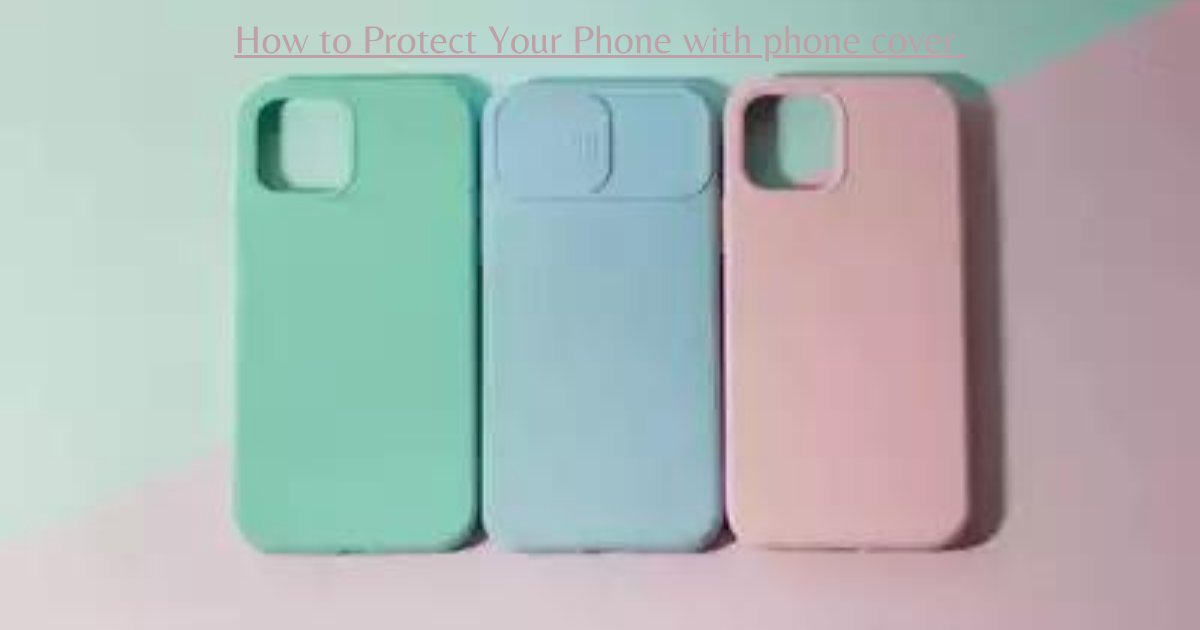There’s nothing more devastating than accidentally dropping your phone to the ground and picking it up to see the entire screen shattered to pieces. So, as much as we love the sleek appearance of an uncovered smartphone, we make sure to always protect our phones.
However, some phone cases won’t do much to protect your phone from breaking, and others (by adding extra weight) can even make things worse.
To help you navigate the world of phone cases, here’s a brief guide from Zapvi on the different ways you can break your phone and how phone cases can help prevent significant damage. Then, we will determine which phone case is right for you.
And, of course, we’ll address the question in the back of everyone’s mind: Are phone cases really necessary?
HOW AND WHY PHONES BREAK
There are no limits to how you can break your phone. From accidentally stepping on it when it falls out of your pocket to throwing it in the washing machine along with your pants, we’ve seen it all.
But when it comes to the type of damage that your phone sustains, there are really two basic types that will require different solutions:
CRACKED OR SHATTERED SCREEN
Most of today’s phones have large screens that are made out of glass—a prime material for cracking and shattering.
To understand just a little bit of the science behind why a screen cracks, keep in mind that dropping your phone creates potential energy that needs to go somewhere.
We’re going to drop some science: The impact of the drop causes the created energy to be converted into surface energy, which is the main culprit behind the cracks on your phone screen.
Depending on the height of the drop and the angle of the fall, you’ll either see tiny cracks in a particular location (such as the edges) or a long crack running across the screen.
Even if you have hands of steel, there are other ways to damage your phone. For instance, keeping your phone in your pocket where it rubs against hard objects can lead to deep scratches. Although not exactly a crack in itself, the abrasion caused by the constant rubbing can make your phone screen more susceptible to cracking.
Of course, not all smartphones break in the exact same way. Depending on your phone’s hardness and strength, you might get away with a phone screen that’s free of any cracks or scratches. Unfortunately, that’s not the reality many of us face.
WATER DAMAGE
Every phone has ports—a.k.a. openings—that water can get into. Depending on your phone, this could be the charging port, the headphone jack, the speakers, the microphone, and even the vent. While many of the latest smartphones are water-resistant, it’s still possible to get water damage by submerging them in water—an accident that tends to happen fairly often.
Once water gets into your phone, it can mess with some of your phone’s primary functions. In the worst-case scenario, it can reach your phone’s internal circuitry and cause serious damage. In either case, water damage can muffle the phone’s audio, mess with its ability to charge, and even cause photos to come out blurry. (Just another reason to have some extra rice on hand.)
Phone Cases vs. Screen Protectors
Now that we have an idea of the different ways a phone can get damaged, let’s take a look at the two main ways you can protect your phone:
SCREEN PROTECTORS
Screen protectors are meant to protect your phone from scratches (at minimum) and shattering. While screen protectors offer a great solution to scuffs and scratches, the jury’s still out on whether they do a lot to protect your phone from getting shattered.
The main reason for this has to do with the way phone screens break in the first place: by sustaining impact on the edges, which is how phones usually fall to the ground. Screen protectors hardly do much to prevent shattering around the edges.
The only screen protector that will offer superior protection from shattering is tempered glass. Although they’re much thicker than most traditional screen protectors, they literally function as a second screen for your phone.
In either case, screen protectors are truly great for one thing: keeping your phone from getting scratched up. Scratches aren’t only unsightly but also undermine the integrity of your phone screen. Plus, they lower your phone’s resale value when you choose to upgrade to a newer model.
PHONE CASES
The variety of phone cases on the market today can get overwhelming. Despite this, they all work in a similar way : by covering the back and the corners of your phone.
Since cracks around the edges are the main reason your phone screen shatters, a phone case will go a long way in making sure that your screen stays intact. On the downside, a heavy iphone 14 back cover can add some serious weight to your iphone 14 phone, which can be a problem if you drop your phone directly face-down.
DO PHONE CASES ASSIST IN PREVENTING DAMAGE?
The answer to this question really depends on what kind of iphone 11 back cover we’re talking about here. Some phone cases are nothing more than accessories. Others will, at best, protect your phone from scuffs, marks, and scratches.
But certain cases will protect your phone from all kinds of impact by covering the back and the edges, while others will even provide protection from water damage.
This is exactly why shopping around for the right phone case is so important. Once you decide on how much protection you want for your smartphone, you can pick a phone case that prevents the type of damage you commonly experience with your phones.






